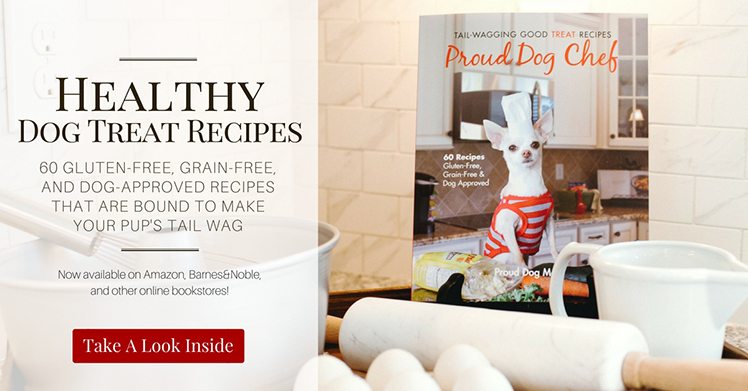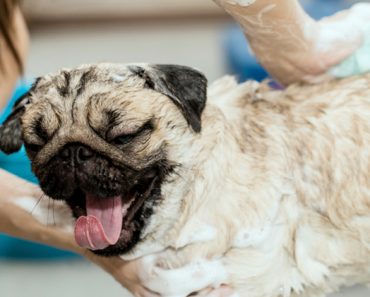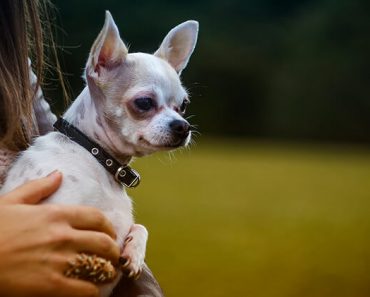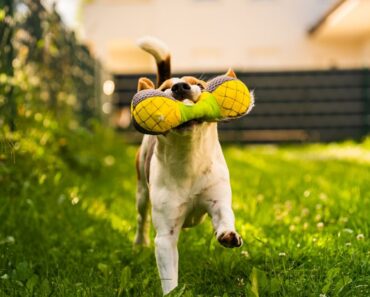People always ask me how I keep my toy Poodle’s eyes and face so clean. Since my Gigi’s fur is white as snow, trust me when I say: It’s a lot of work. If I’m not diligent, dark/rust-colored stains will quickly form. They start from the inner corners of her eyes and continue all the way down her snout. In fact, if you look back at photos of her from several years ago, you’ll clearly see these aggressive and unsightly streaks. Since I started home-grooming a little more than one year ago, I’ve made it my mission to always keep her face stain-free and clean. Here are two photos, showing how far we’ve come!
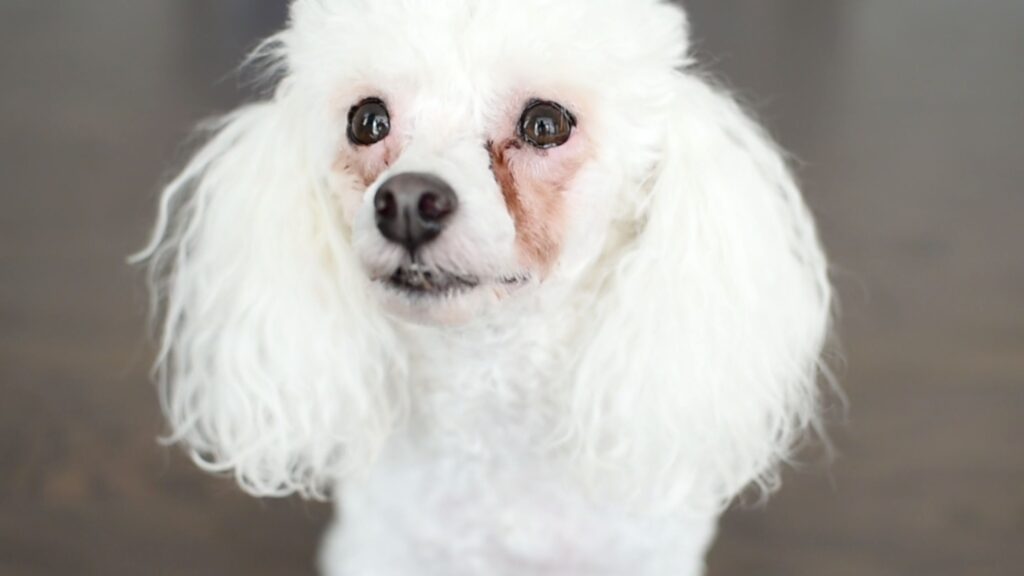
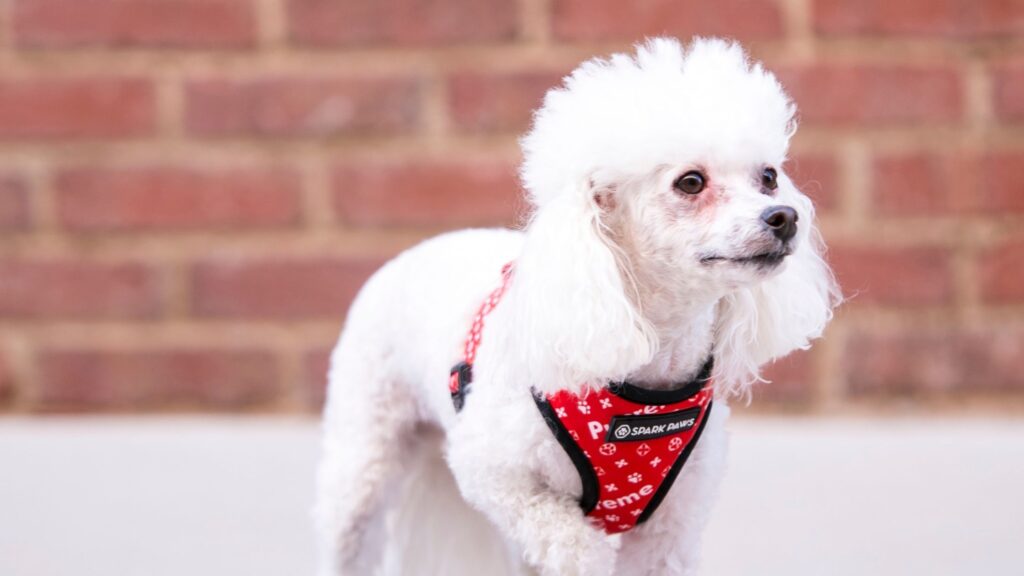
Before we dive into the prevention tips that have worked for me, let’s go over what causes these rusty stains in the first place.
What Exactly Are The Rusty-Looking Stains On My Dog’s Face?
To put it simply, those rusty and sometimes stinky stains are dried up tears.
In order for the eyes to stay healthy, lubricated, and protected, the body naturally produces a thin film of tears. When everything is functioning normally, any excess fluid drains into the tear ducts, which are located in the corner of your dog’s eye (next to the snout). These ducts drain tears into the back of the nose and throat.
But, sometimes there’s an overproduction of tears, the natural drainage pathway becomes blocked/obstructed, or a combination of both. If that happens, the excess fluid will flow from the eyes onto your dog’s face.
The official medical term for this overflow of tears is epiphora. According to VCA Hospitals: “It is a symptom rather than a specific disease and is associated with a variety of conditions.”
We’ll talk more about possible causes in just a minute. But first …
Why Are My Dog’s Tear Stains Reddish-Brown?
The reddish-brown or rusty color associated with dog tear stains are a result of porphyrins. Dr. Karen Becker says:
Porphyrins are naturally occurring molecules containing iron – waste products from the breakdown of red blood cells – and are mostly removed from the body in the usual way (in poop). However, in dogs and cats, porphyrin can also be excreted through tears, saliva, and, urine.
What Causes Watery Eyes & Stains?
Some dogs are more prone to drainage problems and, if you have a white or a light-colored dog, staining will be much more visible. If your pooch is experiencing excessive tearing, the first step is to schedule a vet visit. Your vet will ensure your pup isn’t suffering from any underlying medical conditions. He/she will also perform a full eye exam to rule out any foreign bodies and check if there are drainage issues.
Some common triggers:
- Tear duct abnormality
- Abnormal eyelashes (distichia or ectopic cilia)
- Eye anatomical abnormalities, such as rolled in eyelids (entropion) or rolled out eyelids (ectropion)
- Eye Infection
- Abrasion or injury to the eye
- Glaucoma
- Allergies (both environmental and dietary)
- Dietary
- Stress
Treatment and Prevention
Treatment depends on the underlying cause of epiphora. If there is a foreign body present, for example, your vet may simply flush the eye. If it’s something more series, like an anatomical abnormality, then your vet may recommend surgery.
For my Gigi, she’s simply a teary dog. While you work with your vet to determine the underlying cause, here are some tips to help prevent rust stains from forming:
- Keep your dog’s face clean and dry. While there are plenty of medicated face wipes on the market, I personally wet a soft washcloth with warm water and gently wipe Gigi’s face twice a day. The water helps dilute any tears. Then, I take a plain cotton ball and wipe the area dry. This has worked wonders for me.
- Some people suggest rubbing a little hydrogen peroxide on tear stains to lift rust streaks. Plus, there are other, similar home remedies that call for ingredients that can cause pain, burning, and possible damage to the eye if they get too close (or inside the eye). For this reason, I don’t feel comfortable with them.
- Use filtered or bottled water to fill your pup’s drink bowl, instead of tap water. Tap water can be higher in iron and other minerals that contribute to tear stains.
- Feed your pooch a fresh food diet – one that isn’t loaded with common allergens and cheap fillers that can make the tear situation worse.
- Use stainless steel, glass, or porcelain bowls for feeding. Plastic can harbor bacteria.
- Keep the hair around your dog’s eyes groomed and trimmed. Now that I home-groom Gigi, I whip out the clippers and clean up Gigi’s face every other week. This has been another lifesaver for us.
- Control environmental exposure to eye irritants such as dust, smoke, perfumes, sprays, or anything else that may cause your dog to experience an allergic reaction.

Good luck 🙂


